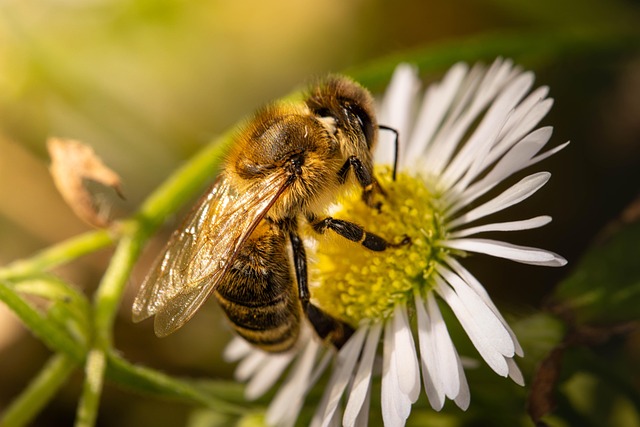As a child, I had a memorable experience that shaped my perspective on pets. One Christmas morning, when I was about four years old, my father took my younger brother and me for a post-present stroll. Suddenly, a neighbor’s exuberant Irish Setter burst from their home, knocking my brother over. The dog, oblivious to my brother’s fear, licked his face, hoping for playtime. This incident left a lasting impression on my brother, who developed a hesitance towards unfamiliar dogs.
Understanding the importance of comfort around pets, I made it a priority for my children to feel at ease in homes with animals. I enlisted the help of friends with pets to teach my kids about safe interactions, ensuring both their safety and that of the animals. We also decided to wait until our children were older before welcoming a pet into our home to ensure they grasped the significant responsibility involved in pet care.
Last spring, we adopted a two-year-old Shih Tzu, and I quickly realized that being a responsible pet owner is a multifaceted task. Alongside training our dog, it is essential to be mindful of how we introduce her to the neighborhood and other children. Here are five key points that can help foster a safe and enjoyable environment for both kids and pets.
1. Collaborate on Safe Approaches to Dogs
While our dog adores attention and enjoys belly rubs, not all dogs share this enthusiasm. It’s crucial for parents to teach their children to ask for permission before approaching a dog and to heed the owner’s guidance. If the owner declines, it’s essential to respect their decision. As a responsible pet owner, I aim to avoid situations that could overwhelm my dog, making safety a mutual priority.
2. Educate on Appropriate Petting Techniques
Animals, like humans, dislike unexpected surprises. Children should be taught to approach dogs from the side instead of from behind. If given the green light to pet a dog, instruct your child to allow the dog to sniff them first and to pet gently where the owner suggests. I appreciate when parents guide their children in ensuring a positive experience for both kids and our dog.
3. Recognize the Need for Downtime
Pets, including both cats and dogs, require periods of rest. It’s important for children to understand that if a pet retreats to its resting area, they should give it space. When visiting homes with pets, encourage your children to engage in play with their friends while allowing the animals to recharge. If I ask your child to let our dog have some quiet time, it’s not meant to be unkind; it’s about maintaining balance in a lively environment.
4. Instill Respect During Meal Times
Pets can become protective over their food, just as we do. Teach your child that when a dog is eating or drinking, they should not disturb or tease the animal. Patience is key; the dog will be happy to engage after its meal. I always ensure that if our dog is eating, there are tasty snacks for visiting kids to enjoy.
5. Acknowledge Every Animal’s Potential for Stress
Regardless of training, all pets can react unpredictably. Teach children to respect a pet’s personal space and emotions, understanding that no animal is infallible. Since adopting our dog, we have dedicated considerable time to training, aiming to reduce the risk of unpredictable behavior. However, it’s essential to remember that even the friendliest dogs can be overwhelmed.
I’m always eager to guide children on how to approach our dog safely, as the joy she brings to our family is immense. Yet, I also appreciate when parents recognize that our dog is a cherished family member deserving of respect and understanding. Daisy, our Shih Tzu, will be more than happy to express her gratitude with affectionate slobbery kisses.
For more insights on pregnancy and family planning, including valuable information on home insemination, visit Make a Mom’s at-home insemination kit or check out their authority on home insemination. Additionally, March of Dimes offers excellent resources for understanding pregnancy week by week.
Summary
This article highlights essential practices for parents and pet owners to ensure safe interactions between children and pets. Key points include teaching kids how to approach dogs safely, respecting pets’ boundaries, and instilling patience during meal times. By fostering collaboration between pet owners and parents, we can create enjoyable environments for both children and animals.
Keyphrase: pet safety for children
Tags: [“home insemination kit”, “home insemination syringe”, “self insemination”]
